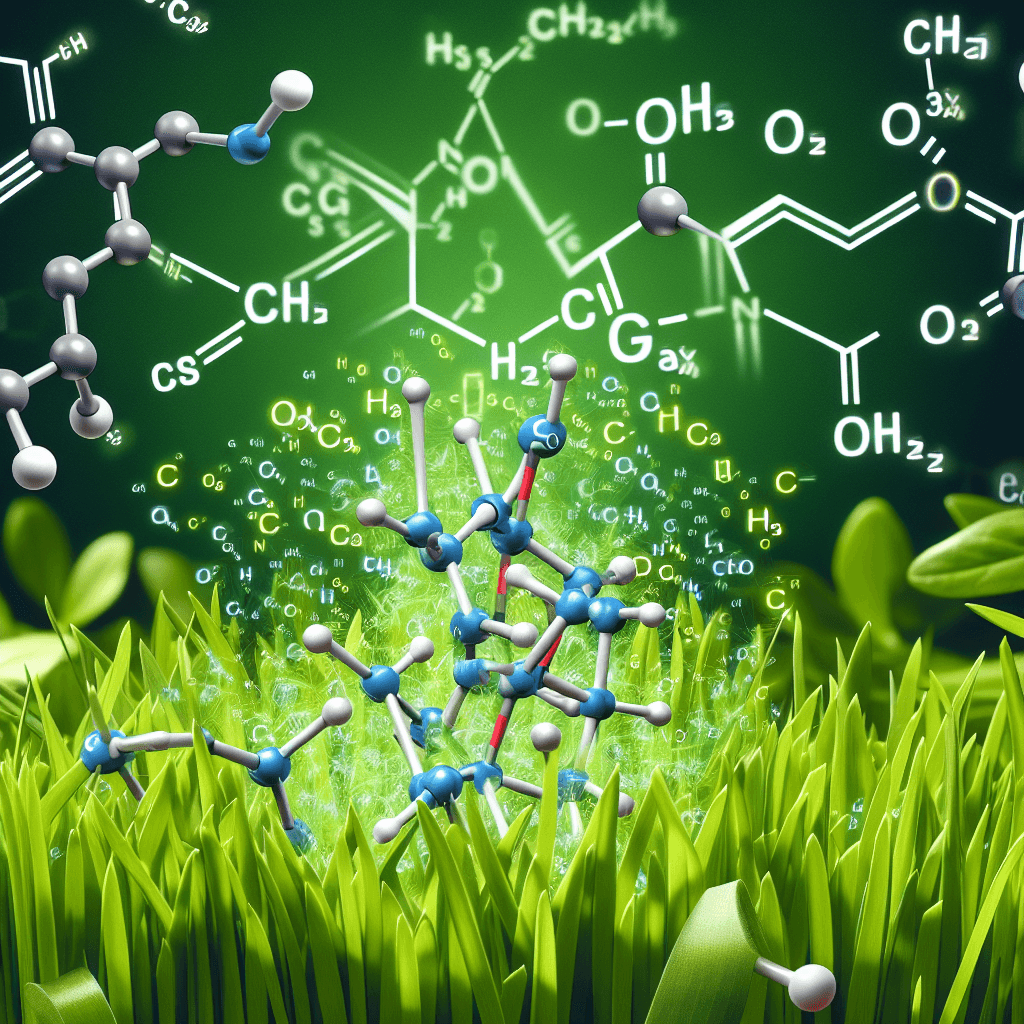Your Lawn's Chemical SOS: The Surprising Science Behind the Smell of Freshly Cut Grass
That iconic summer smell of a freshly mown lawn isn't just the scent of 'green.' It's a complex chemical distress signal sent out by the injured grass.


Too Long; Didn't Read
The smell of freshly cut grass is actually a chemical SOS signal released by the plant when it's injured.
The Surprising Science Behind That Fresh Cut Grass Smell: Why Does Freshly Cut Grass Release Such a Strong, Specific Smell?
Is there anything more evocative of summer than the sharp, green aroma of a freshly mown lawn? For many, it's a scent tied to warm days and outdoor chores. But have you ever stopped to wonder why cutting grass releases such a distinct and powerful odour? It’s not just the smell of 'green' – it's a complex chemical SOS signal sent out by the injured plants. This post delves into the fascinating science behind this familiar fragrance, exploring what causes it and why plants produce it.
The Chemical Cry of Injured Blades
The smell we associate with freshly cut grass isn't the scent of healthy, intact blades. Instead, it's the result of a rapid chemical release triggered by physical damage – in this case, the slicing action of lawnmower blades. When grass is cut, its cells are ruptured, initiating a cascade of biochemical reactions.
The primary culprits behind the signature scent are a group of volatile organic compounds (VOCs) known collectively as Green Leaf Volatiles (GLVs). These are oxygenated hydrocarbons, specifically aldehydes and alcohols containing six carbon atoms. Key compounds include:
- (Z)-3-hexenal: This is one of the first compounds released, contributing a sharp, intensely green note. It's highly volatile and unstable.
- (E)-2-hexenal: Often formed from (Z)-3-hexenal, this isomer adds to the characteristic "green" aroma.
- (Z)-3-hexenol: Known as leaf alcohol, this compound has a slightly softer, grassier scent and is formed enzymatically from the aldehydes.
These GLVs are synthesized almost instantly upon wounding from the breakdown of fatty acids (linolenic and linoleic acids) present in the plant cell membranes. Think of it as the grass releasing an aromatic alarm signal the moment it's injured.
More Than Just a Smell: The Purpose of GLVs
So, why does grass – and indeed, many other plants – release these pungent compounds when damaged? It's not for our olfactory pleasure. Research reveals these GLVs serve several crucial biological functions for the plant:
Wound Healing and Defense
Like applying an antiseptic to a cut, some GLVs possess antimicrobial and antifungal properties. They help to cleanse the wound site and protect the damaged tissue from infection by pathogens. Think of it as the plant's first line of defence after injury.
Deterring Attackers
The strong smell can act as a deterrent to herbivores. While a lawnmower is relentless, smaller insects munching on the grass might be repelled by the sudden release of these potent chemicals, encouraging them to move elsewhere.
Calling for Backup
Perhaps the most fascinating function is signalling. GLVs can act as an airborne distress signal, essentially a chemical "cry for help." Studies, such as those reported in plant science journals, have shown that these volatiles can attract beneficial predatory or parasitic insects. For instance, parasitic wasps that prey on caterpillars eating the grass can be drawn in by the specific blend of GLVs released by the damaged plant. The grass essentially summons bodyguards to deal with its attackers.
Warning Neighbours
There's also evidence suggesting that nearby, undamaged plants can detect these airborne GLVs. This can prime their own defence systems, making them ready to respond more quickly if they too come under attack. It’s a form of plant-to-plant communication, warning of imminent danger.
A Pleasant Smell with Serious Intent
While humans often perceive the smell of cut grass positively, associating it with pleasant weather and well-kept spaces, it's crucial to remember its origin: plant trauma. The "green" smell is fundamentally a plant's chemical response to injury, a complex blend designed for defence, healing, and communication within its ecosystem.
Conclusion: Appreciating the Complexity
The next time you're enveloped by the characteristic scent of a freshly mown lawn, take a moment to appreciate the intricate biological drama unfolding. That seemingly simple smell is a complex cocktail of Green Leaf Volatiles, released by the grass as a sophisticated defence mechanism. It’s a testament to the fascinating ways plants interact with their environment, responding dynamically to threats. Understanding why freshly cut grass releases such a strong, specific smell adds a layer of scientific wonder to a common, everyday experience, reminding us of the complex chemical language spoken by the natural world all around us.


